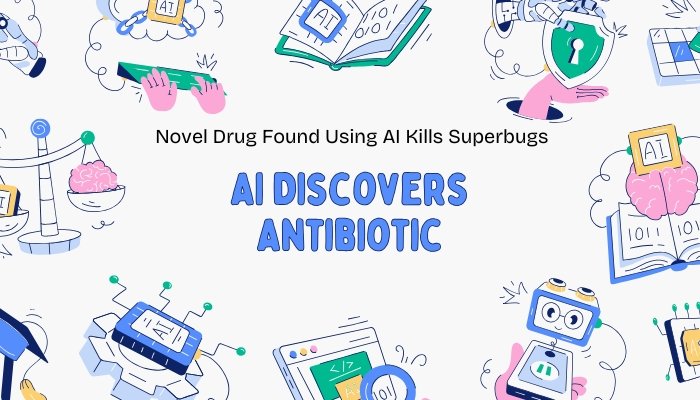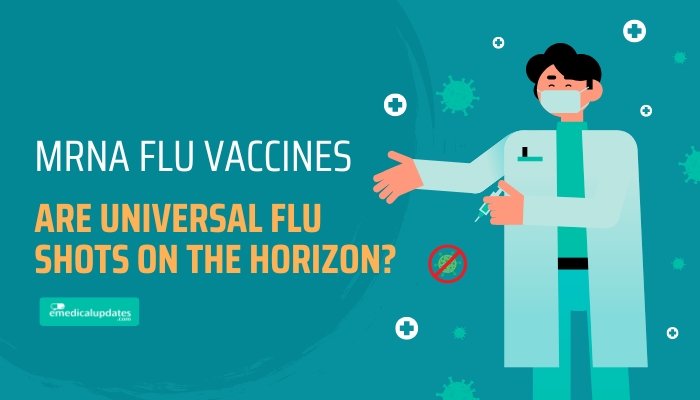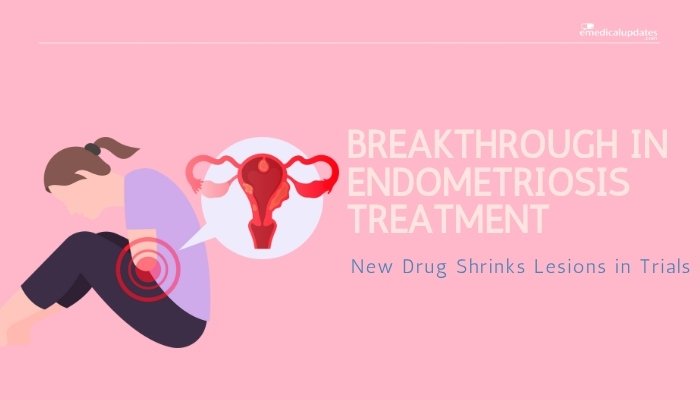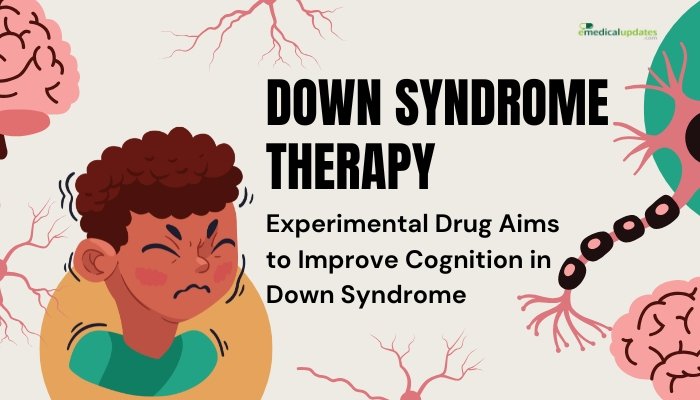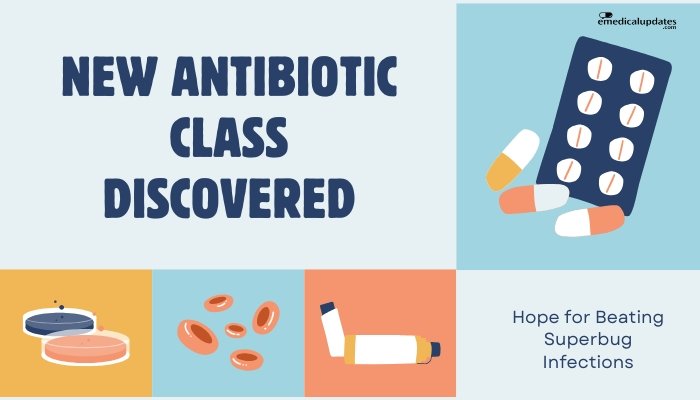Introduction
Antibiotic resistance poses a growing global crisis, with certain strains of bacteria evading nearly every existing drug. Researchers warn of a post-antibiotic era unless new treatments emerge.
Recently, artificial intelligence (AI) has helped discover a novel antibiotic compound that kills multidrug-resistant superbugs—an achievement that might accelerate the entire antibiotic discovery process. In this article, we delve into how AI approached the problem, the drug’s early successes, and what this milestone means for modern medicine.
The Rising Threat of Superbugs
Antibiotic Resistance on the Rise
- Global Health Risk: Each year, drug-resistant infections claim hundreds of thousands of lives worldwide.
- Limited New Drugs: Antibiotic development has stagnated for decades, with few new classes introduced and overshadowed by rapid bacterial adaptation.
Why We Need Novel Antibiotics
Common therapies fail against superbugs like carbapenem-resistant Enterobacteriaceae, MRSA, and others. So, identifying new antibiotic scaffolds is critical to staying ahead of resistance and ensuring lifesaving treatments remain viable.
How AI Accelerated Antibiotic Discovery
Traditional vs. AI-Driven Approach
Conventional antibiotic discovery typically scans hundreds of thousands of compounds in wet labs—a time-consuming, expensive process. By contrast, AI can:
- Analyze Huge Databases: Searching chemical libraries with millions of molecules.
- Predict Efficacy & Toxicity: Machine learning models assess potential antibacterial activity and safety, narrowing from thousands of leads to a few promising candidates.
- Speed Up R&D: From years to months, drastically reducing overhead and manual trial-and-error.
The Discovery Algorithm
A team of scientists trained their ML model on data from known antibiotics and non-antibiotic molecules, focusing on chemical properties correlated with bacterial inhibition. The algorithm then identified an untested compound that displayed predicted potency against resistant strains.
The Newly Found Antibiotic
Mechanism of Action
Preclinical tests in the lab highlight how the compound likely:
- Disrupts Bacterial Cell Membranes: Causing rapid cell death.
- Evades Common Resistance: Its chemical structure differs from existing classes, limiting cross-resistance.
In Vitro and In Vivo Efficacy
- Lab Results: The antibiotic wiped out a range of superbugs, including some multidrug-resistant species.
- Animal Models: Mice infected with lethal strains showed improved survival rates when treated with the novel compound, with minimal toxicity observed.
Benefits and Potential Impact
- Broader Activity: If it targets multiple pathogens, it may be especially helpful for hospital-acquired infections where multiple superbugs lurk.
- Reduced R&D Costs: AI’s role likely minimized trial-and-error, possibly allowing more antibiotic candidates to be discovered quickly.
- Path to Overcoming Resistance: A truly novel mechanism can temporarily bypass existing resistance, buying time to develop further therapies.
Challenges Ahead
Clinical Trials and Safety
The new antibiotic must pass rigorous trials assessing:
- Human Safety: Checking for organ toxicity, allergic reactions, or unforeseen side effects.
- Efficacy in Humans: Verifying it can treat actual human infections, not just lab test tubes and animal models.
Long-Term Resistance Development
No antibiotic is immune to eventual resistance. Prudent usage, stewardship programs, and ongoing research remain essential to delay or mitigate emergent resistant strains.
Access and Economic Factors
The antibiotic market can be less profitable, driving many pharma companies away from investing in R&D. Partnerships and government incentives might ensure that novel antibiotics—once developed—reach patients who need them most.
Future of AI-Driven Antibiotic Discovery
Additional Targets
AI can continue scanning new chemical spaces, refining predictive models. This approach might uncover multiple novel compounds in parallel, forming a robust pipeline of next-gen antibiotics.
Overcoming Commercial Hurdles
Through strategic collaborations among biotech, academia, and public agencies, AI-aided antibiotic discovery could receive the funding and policy backing to scale up. This synergy is key to tackling the resistance crisis on a global scale.
Frequently Asked Questions
- Does AI ensure the antibiotic will remain effective long term?
- Even newly discovered drugs face potential resistance over time. Proper stewardship and monitoring can slow that process.
- Is the AI method generalizable to other diseases?
- Yes. Similar machine learning techniques can accelerate drug discovery across conditions like cancer, neurological diseases, etc.
- When might this antibiotic reach the market?
- It depends on the length of clinical trials (Phase I–III) and regulatory processes. Typically, 5–10 years might pass before general availability.
- Are there ethical concerns about AI-based drug discovery?
- Key concerns revolve around data reliability, over-reliance on algorithms, and potential biases. But overall, AI can help screen chemicals that may otherwise never be tested.
- Could antibiotic resistance be fully defeated with more AI findings?
- Resistance will likely always evolve. However, a steady pipeline of new antibiotics can help manage or outpace emergent threats.
Conclusion
AI’s successful discovery of a novel antibiotic is a game-changer in the fight against multidrug-resistant infections. By transforming how we screen and predict potential drug candidates, AI shortens the once-expensive and slow R&D cycle. Early lab and animal results suggest the new antibiotic can kill superbugs where existing options falter, providing a ray of hope in an era of rising resistance.
Still, it remains to be seen whether this antibiotic passes human clinical trials with safe and potent performance, and if so, how quickly it can be commercialized or widely used. Even so, AI’s ability to revolutionize antibiotic discovery could usher in a golden age for anti-infective development, ensuring we’re better prepared for the ever-shifting challenge of superbugs. As further breakthroughs follow, the synergy of machine learning and medical science may secure the lifeline we need against drug-resistant pathogens worldwide.
References
-
- Stokes JM, Yang K, Swanson K, et al. (2020). “A deep learning approach to antibiotic discovery.” Cell.
-
- WHO (2023). “Global priority pathogens list for R&D of new antibiotics.”
-
- CDC (2022). “Antibiotic resistance threats in the United States.”
-
- AI Antibiotic Alliance (2023). “Machine learning for anti-infective pipeline expansion.”

